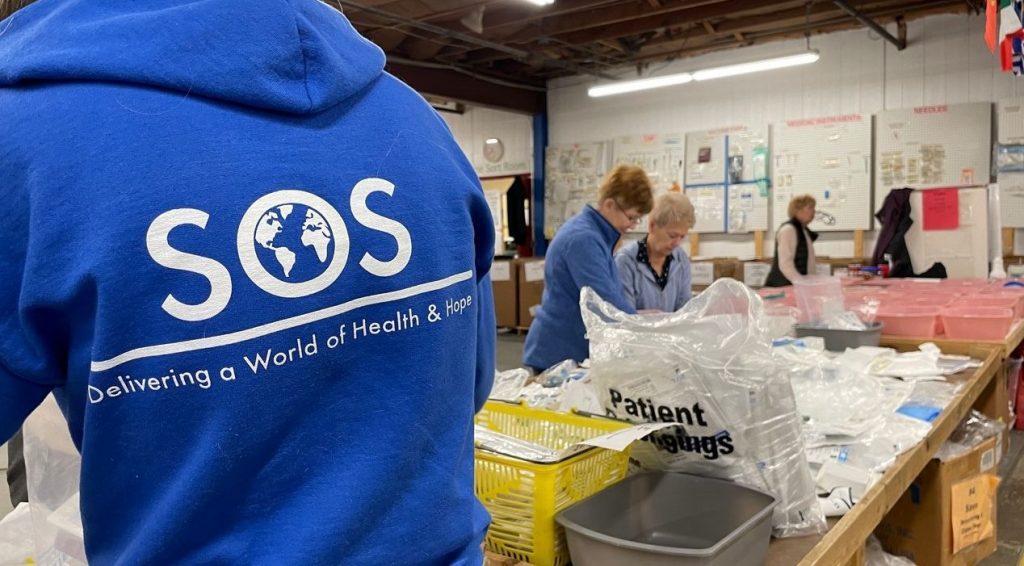Alphabet’s New Air Traffic Control System protects Drones and those around

It is now easy to visualize thousands of drones flying through the same airspace. But ensuring that they don’t crash into each other is a bit harder. Alphabet’s X laboratory has been developing its own solution to help tackle this problem.
Amazon has already made genuine deliveries using its quadcopters in the U.K., and a startup called Zipline has shown that it can deliver medical supplies to remote health-care centers in Rwanda using drones. Surveying and infrastructure inspection aircrafts in the sky is a common sight.
Too many drones is the good news but a problem as well. Many of them will fly at relatively low altitudes inside the small footprints of cities. Chances of collision will thus be rather high. Without effective drone traffic, widespread usage looks improbable.
Alphabet’s Project Wing, the part of the company’s moonshot laboratory ‘X’ is working on drone delivery with NASA and the Federal Aviation Administration to develop new systems that could prevent collisions.
Recently, Alphabet’s researchers tested their new technology using 6 drones, at Virginia Tech’s FAA-approved drone test site. Three belonged to Project Wing, assigned with the task of making ‘real’ deliveries. Two drones from Intel and a third from Virginia Tech carried out simulated search and rescue missions. Each aircraft was piloted by its respective owner, and shared their real-time flight path information with Project Wing’s “unmanned aircraft systems Air Traffic Management” software (UTM).

The system constantly analyzes where the drones’ path, notices when collisions might occur, plans new routes, and then updates their flight paths accordingly (though the pilots are sent notifications). The same system, theoretically, should allow the FAA to dynamically add no-fly zones so that drones could avoid such areas.
The good news is that the experiment was successful. The Project Wing team says that it plans to “support more simultaneous flights and navigate environments of greater complexity” in the future.
Near future looks indeed exciting.

